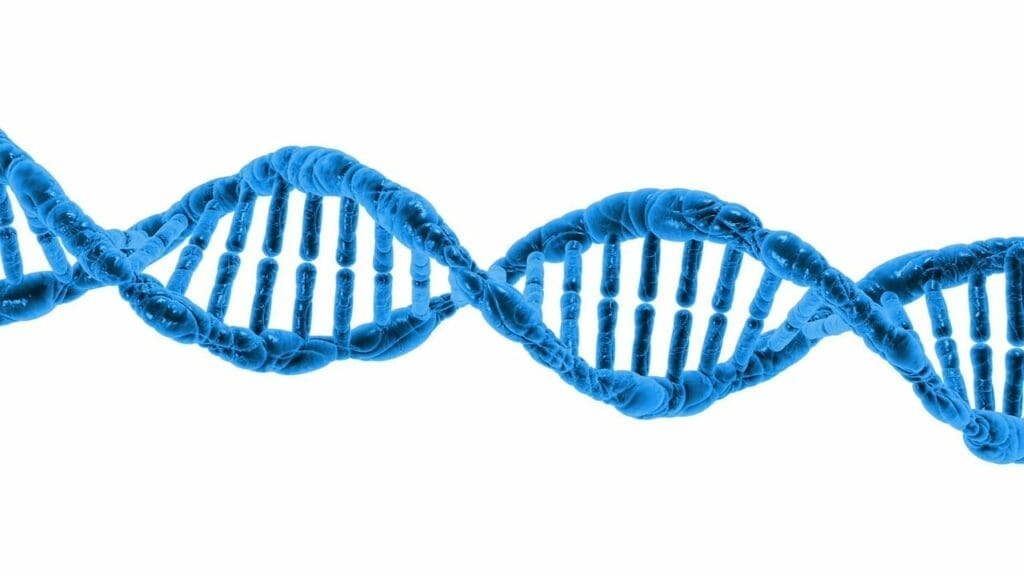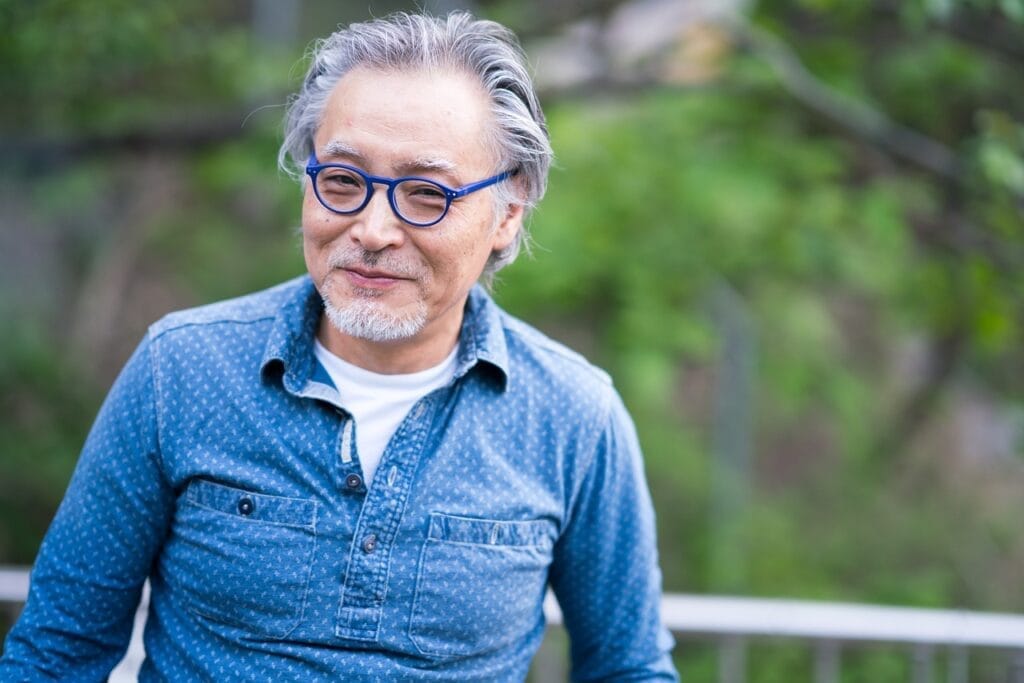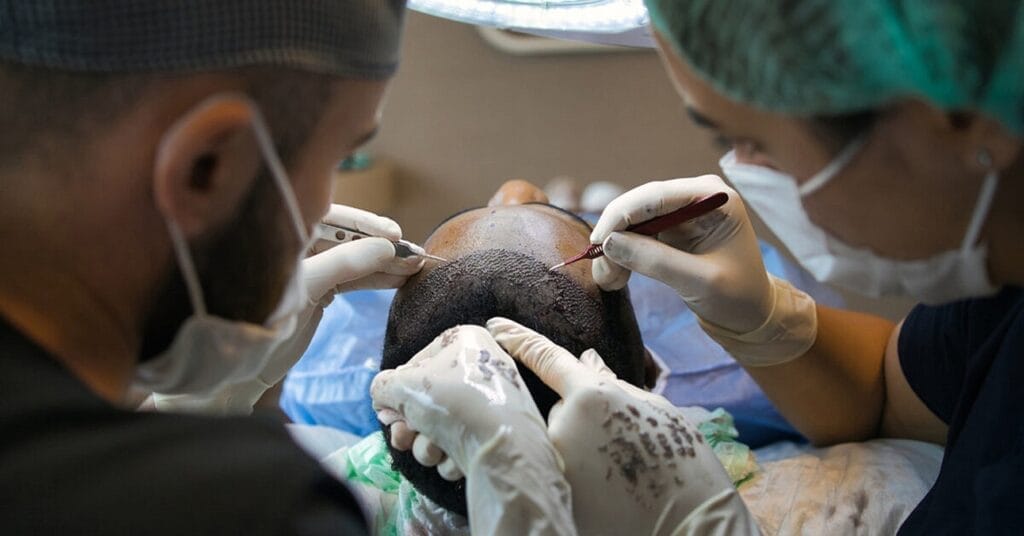Hair is a part of one’s identity, as well as style and outfit. Individuals convey different messages and meanings through their hair in social settings. It can represent a community you are part of, together with a healthy and youthful appearance. However, hair is not necessarily stable. Hair characteristics often change throughout a lifetime, stemming from a wide range of factors such as aging, diet, psychological well-being, hormonal changes, exposure to chemicals, medical conditions, or genetic predisposition.

 4.7
4.7
Would you like to receive information about the operations from Vanity Doctors?
As Vanity, we can give you information about the operation you are considering.
Ask the DoctorWhen looking in the mirror, it can be upsetting not seeing the thickness of hair you desire to have. If you are wondering why this is the case, you can learn the causes, and where you stand on the Norwood Scale, and the suitable treatment options by reading this article.
What Causes Hair Loss?

Losing hair more than normal amounts can be unpleasant. Hair loss can result from many factors that may or may not have to do with your choices. Here are some of the most common causes of hair loss:
l Heredity: Hair loss due to genetic inheritance is the most widespread reason for both men and women. They cause androgenic alopecia or male/female pattern hair loss.
l Medical Conditions: Numerous medical conditions lead to hair loss and baldness. Alopecia areata is related to your immune system and hair loss is not limited to the scalp, while scalp infections caused by bacteria may result in bald spots. On the other hand, scarring alopecia forms due to inflammation, impeding regrowth.
l Aging: As you age, your hair growth is likely to slow down, leaving you with thinner hair.
l Chemotherapy: Radiation may stop hair from growing ever again.
l Hormonal Imbalance: A common condition among women, polycystic ovary syndrome may lead to hair loss.
l Medications: Hair loss can be there a side effect of some medications.
l Poor Diet: Insufficient consumption of foods containing protein, zinc, and iron can be a reason behind your hair loss.
l Hair Care: Using heavy chemicals such as bleaches, or getting a perm damages hair and can cause hair loss.
Diagnosis of Hair Loss: Who Is Affected?

Anyone can experience hair loss on different levels, yet men are the most affected group. You may have different symptoms pointing to different types of hair loss. Some of the symptoms of hair loss include:
- Patchy bald spots
- Itching and burning where hair loss happens (they are usually sudden)
- Receding of the hairline
- Progressive thinning of the hair on the head
- Thinner ponytail for women
- Losing parts of hair from eyebrows, beards, etc.
Determining the type of hair loss you suffer from is crucial to take a step further. If you are experiencing one or more symptoms given above, you can benefit from consulting a doctor. Your appointment often begins with a physical exam and questions about your lifestyle routines and personal and family medical history asked by your doctor. The diagnosis process may involve a pull test to understand the severity of hair loss, a blood test to look for iron deficiency or hormonal imbalances, scalp biopsy to identify a possible infection.
What is the Norwood Scale?

Men are more at risk of hair loss than women. Besides, male androgenetic alopecia (MAA) is the most prevalent type of hair loss among men, with 30-50% of the male population being affected by age 50. MAA, also called male pattern baldness, is mostly hereditary, increasing the likelihood of predisposition; thereby it led to the development of the Norwood (Hamilton–Norwood) Scale. This ranking assists us in locating the level of severity of male pattern hair loss. It can be helpful to know where you are standing so that you can decide how to proceed further. There are 7 stages of the Norwood Scale:
Norwood 1: No hair loss seen.
Norwood 2: A slight (1 to 2 cm) hairline recession. Most adult men fall under this category.
Norwood 3: Third-stage hair loss is considered balding. The hairline recession can look like an M, U, or V. Another possibility at Norwood 3 is the receding of the vertex (the top of the scalp). It can be beneficial to consider surgical treatments.
Norwood 4: Hairline keeps receding with almost no hair left in the vertex. On the sides, we see two portions of hair connected with a strip.
Norwood 5: The balding areas are getting bigger and the strip is getting thinner between the sides with hair.
Norwood 6: The bald areas make up one big area and the strip is almost gone.
Norwood 7: In the most severe form, there are only two strips of hair left on the sides.
How to Treat Hair Loss & Baldness

Modern medicine offers a wide range of options to manage hair loss. You can find the most effective and suitable solution for your condition, from oral medications to surgeries.
Medication Treatments
There are over-the-counter and prescription medications for those who may prefer non-surgical treatments to cure the thinning of hair.
l Minoxidil: This is a topical non-prescription medication. The foam version is the most preferred for women and men, used for regrowth and prevention. You need about six months to see the full effects of minoxidil.
l Finasteride: As a daily oral medication for men, it decreases the speed of hair loss and possibly helps with hair growth.
In addition, you can benefit from scalp micro pigmentation (hairline tattooing) if you are looking for a non-surgical remedy to eliminate the appearance of thin hair. It is important to note that hairline tattooing is not a treatment for hair loss, yet it can be a permanent solution as it makes the hair look more abundant.
Minimally Invasive Surgeries
Minimal invasive surgery refers to operations that prioritize minimal cuttings and incisions, using advanced technology.
l Mesotherapy: This is a therapy method used for multiple skin problems including hair loss. Mesotherapy in Turkey facilitates skin renewal, using needles to inject certain active ingredients such as hyaluronic acid and organic silicon. In return, these substances stimulate hair growth.
l Scalp Cooling: Also called scalp hypothermia, scalp cooling is specifically used during chemotherapy. It prevents hair loss caused by chemotreatment and medications. Cold temperatures are used as a barrier.
l Laser Therapy: Laser light helps by intensifying tissue regeneration, which diminishes hair loss. It can be combined with medication treatments.
Surgical Procedures
Medical procedures offer permanent results for severe cases of hair loss. It is possible to undergo the appropriate surgical procedure at Vanity Cosmetic Surgery Hospital, performed by highly experienced surgeons.
l Hair Transplant: Healthy and thicker hair follicles are transplanted to thinning bald areas. Hair transplant in Turkey is the best option for patients suffering from female/male pattern hair loss or balding.
l Forehead Reduction Surgery: Hair loss can cause a receding hairline. Yet, hairline lowering surgery offers a lower hairline, which can help reduce the appearance of a big forehead and hair loss in the front head.
Resources
1. Hair loss. American Cancer Society. https://www.cancer.org/treatment/treatments-and-side-effects/physical-side-effects/hair-loss.html
2. Osborn, C.O. (2018). What Is the Norwood Scale?. Healthline. https://www.healthline.com/health/norwood-scale
3. Pruthi, S. (2024). Hair loss. Mayo Clinic. https://www.mayoclinic.org/diseases-conditions/hair-loss/diagnosis-treatment/drc-20372932





